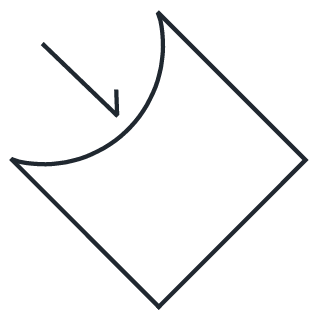PXL School of Arts
Hasselt
Belgium
The project site is located on a campus where POLO has already realised a couple of buildings. It is located at the meeting point of two important axes which are developing from the city centre connecting outwards: a “knowledge axis” towards Diepenbeek University and a “creative axis” towards the new Corda campus.
Here the city campus also makes the connection to the centre of Hasselt and its many cultural attractions. Its arrangement of free-standing buildings in a park offers a welcome green refuge in close proximity to urban density. The diversity of functions makes for a lively ambience, with some residential blocks added to ensure vibrancy and human presence at all times of the day and throughout the year. It is an environment that envisages bridging the gap between education and the emerging creative economy, with start-up companies and private enterprises interspersed with the various educational facilities.
The new building replaces an old structure housing the art studios. Its atmosphere of wild abandon, improvised solutions, ad-hoc extensions and controlled chaos inspired us. In our design we wanted to maximise flexibility, conceiving a clear and readable structure that unlocks maximal artistic freedom for the students.
We propose a simple, modular framework of concrete beams and columns as structuring underlay. Within this three-dimensional grid we perform a few basic operations which introduce spatial continuity and increase opportunities for interaction. We vertically shift the floor levels along the lengthwise centre line of the building, generating a split-level layout in cross-section. We make localised perforations through the concrete slabs in order to create outdoor patios, double-height spaces and indoor voids. These interventions introduce daylight into the relatively deep floor plan and create a variety of spatial conditions to suit and trigger different activities and functions.
The facades express the repetitive nature of the structure, the grid lines materialised as blade walls in the north and south facades. Towards the street these frames accommodate a playful infill of timber-framed windows and solid panels. For the south facade we create double height spill-out areas for the indoor studio spaces, covered by a protruding top floor. The end facades to the east and west are solid walls with a composition of meticulously placed windows framing select views.
A central spine for interacting and exhibiting
Along the shift in floor levels that creates the split level layout we find an atrium which runs the entire length of the building. This circulation spine becomes a generous meeting place for creative exchanges to take place and exhibitions to be hosted. Large timber staircases sit like giant pieces of furniture in this light-filled space, providing vertical links. Their materiality brings a warm focus to the bare concrete austerity of the structure.
As an oversized, multi-level corridor this “Foyer des Arts” connects to the existing building of the arts college through a two-level corridor wing. At the opposite side two new building annexes are provided, housing a fashion incubator and a residential facility for disadvantaged youngsters. The latter provides a modest vertical exclamation mark and end-point as a kind of “donjon” to the new educational compound we propose.













